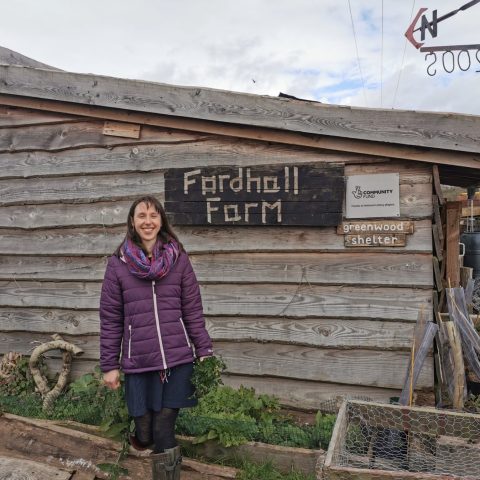Heeley City Farm's Story
Demolition of a residential area in 1978 left a large brownfield site dividing the suburban town of Heeley. The local Residents Association developed the idea of a city farm which won support and began construction in 1981. Heeley City Farm is now a well-established community, not for profit charity and visitor attraction based on a working farm a mile from Sheffield City centre.
Heeley City Farm is a community-supported charity offering a free space for everybody to learn about the environment and animals. The 40-year-old farm is home to a community recycling centre as well as Heeley Energy House, which offers free energy efficiency and renewables advice.
The charity also manages over 20 local food growing sites throughout Sheffield, from community gardens to fire stations. Their aim is to educate and train people of all ages, demonstrate organic methods and restore land for cultivation. These efforts were rewarded in 2011 with the Sheffield Telegraph Environment Innovation Award in recognition of their distribution of 5 tonnes of Fruit and Vegetables to the community.
Firth Park Community Allotment is just one example of Heeley's growing sites. The site was established in 2005 to help local families and their children learn to grow organic food. Since opening 16 years ago, the allotment has gained fruit trees, seasonal crops, poly tunnels, ponds and a wildlife area, maintaining its Community Green Flag status.
Useful Learnings from Heeley City Farm
Diversification isn't just about produce and economy. Our city farm has made a huge difference to local environmental impact by reducing our own footprint, and passing on all kinds of knowledge and experience to the community through the Heeley Energy House (formerly South Yorkshire Energy Centre.)
We are passing on our skills in food growing, which is increasingly important in urban areas as we look at ways of reducing our environmental impact. There's a lot of city space that could be used more effectively.
Heeley City Farm's Metrics
Tonnes of food produced locally.
Number of visitors to the farm.







